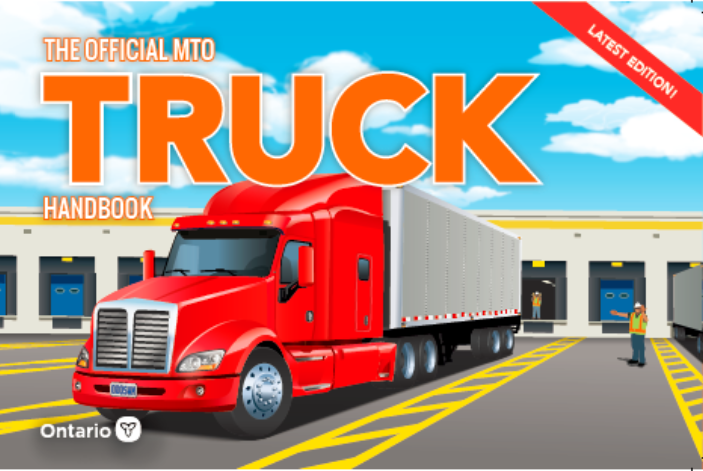Ontario COMMERCIAL DRIVING PRACTICE TEST 2023
What is a Commercial Driver’s License (CDL) in Ontario?
A Commercial Driver’s License (CDL) in Ontario is a specialized driver’s license required to operate commercial vehicles, such as trucks and buses. There are different classes of CDLs depending on the type of vehicle you intend to drive.
How do I obtain a CDL in Ontario?
To obtain a CDL in Ontario, you need to pass a written knowledge test, potentially an air brake knowledge test, meet vision and medical requirements, and pass a practical road test. You may also need specific endorsements for certain vehicle types.
What are the different classes of commercial driver’s licenses in Ontario?
In Ontario, there are several classes of CDLs, including:
Class A: Required for tractor-trailers and other large combination vehicles.
Class D: Required for buses and other large passenger vehicles.
Class B: Required for school buses, city buses, and other vehicles.
What is the air brake endorsement, and who needs it?
The air brake endorsement (Z endorsement) is required if you plan to operate vehicles equipped with air brakes. You will need to pass an additional air brake knowledge test to obtain this endorsement.
What is the difference between a G-class license and a CDL in Ontario?
A G-class license is a regular driver’s license, while a CDL is a specialized license for commercial vehicles. You typically need a full G-class license before applying for a CDL.
How do I prepare for the CDL written tests?
You can prepare for the CDL written tests by studying the official Ontario driver’s handbook for commercial drivers. There are specific handbooks available for each class of CDL.
What is the passing score for the CDL written tests?
The passing score for the CDL written tests is typically 80%. You need to correctly answer a certain percentage of questions to pass.
Can I practice driving a commercial vehicle before taking the road test?
Yes, you can practice driving a commercial vehicle under the supervision of a licensed instructor. Many driving schools offer training programs to help you prepare for the road test.
Are there age requirements for obtaining a CDL in Ontario?
You must be at least 18 years old to obtain a CDL in Ontario. There may be additional age requirements for specific types of CDLs, such as school bus endorsements.
How long is a CDL valid in Ontario?
A CDL in Ontario is typically valid for five years, but it’s essential to check the expiration date on your license.
What documents do I need to bring to the test center for the CDL tests?
You’ll need to bring valid identification, such as a passport or birth certificate, proof of address, and any required medical documents. Check the MTO website for specific requirements.
What are the costs associated with obtaining a CDL in Ontario?
The fees for obtaining a CDL can vary depending on the class of license and any endorsements. Check the MTO website for current fee information.

